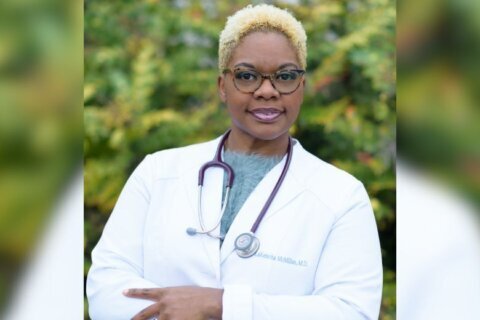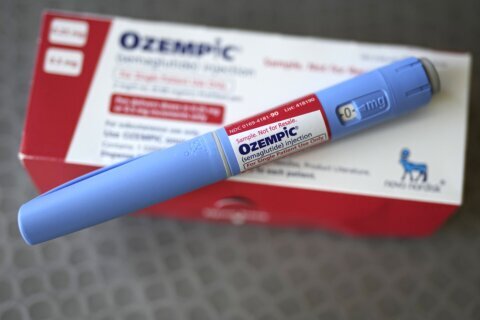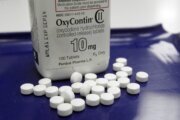Lung cancer kills more people annually than breast, colon and prostate cancers combined, but a prominent radiologist believes stigma has stymied getting the message out about the need for preventive screenings.
November is Lung Cancer Awareness month.
“It is fascinating, in a way, that lung cancer screening hasn’t caught on more. And many of us do feel like a lot of it has to do with the stigma surrounding cigarette smoking,” said Debra S. Dyer, chair of the American College of Radiology Lung Cancer Screening of Committee. She also is a thoracic radiologist at National Jewish Health in Denver.
About 20% of patients diagnosed with lung cancer have no history of tobacco use. Other risk factors include exposure to radon, which is a breakdown product of uranium in soil, secondhand smoke and substances found at some workplaces, such as asbestos, arsenic and diesel exhaust.
The five-year survival rate for lung cancer is significantly lower compared to colorectal, breast and prostate cancers, but there have been relatively recent advances in treatment.

For Stage 1 lung cancer cases, robot-assisted thoracic surgery is minimally invasive. It’s not a big slice through the chest, and it involves just small openings. The surgeon is able to just cut a small wedge of tissue out around the nodule.
Later-stage cancers also are being targeted more successfully.
“We do have increased medications and treatment modalities, immune therapies. A number of drugs has been developed just in the past even five years that have proven so effective for some of those later-stage cancers,” Dyer said. “So it is actually good news for lung cancer. It’s so amazing to be able to say that because for many years, we didn’t have good news; but now we can offer wonderful therapies for early stage and then even good therapies for later stages.”
New federal guidelines in 2020 nearly doubled the number of Americans eligible for lung cancer screening, but fewer than 15% of those eligible get tested.
The U.S. Preventive Services Task Force last March recommended screenings begin at age 50 instead of 55 for people with smoking exposure of 20 pack years versus 30, which is the equivalent of smoking one pack a day for 20 years, or two packs a day for 10 years.








